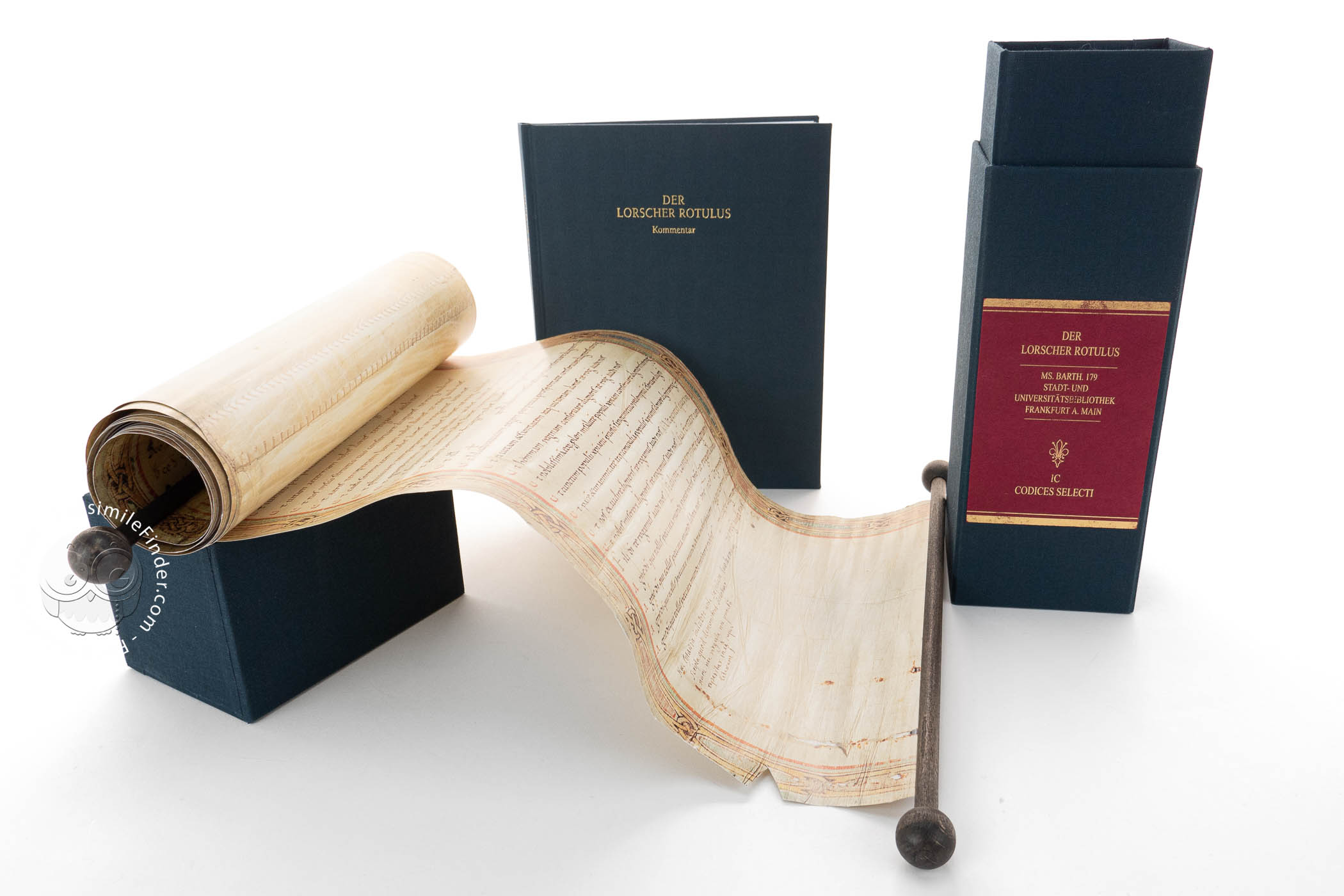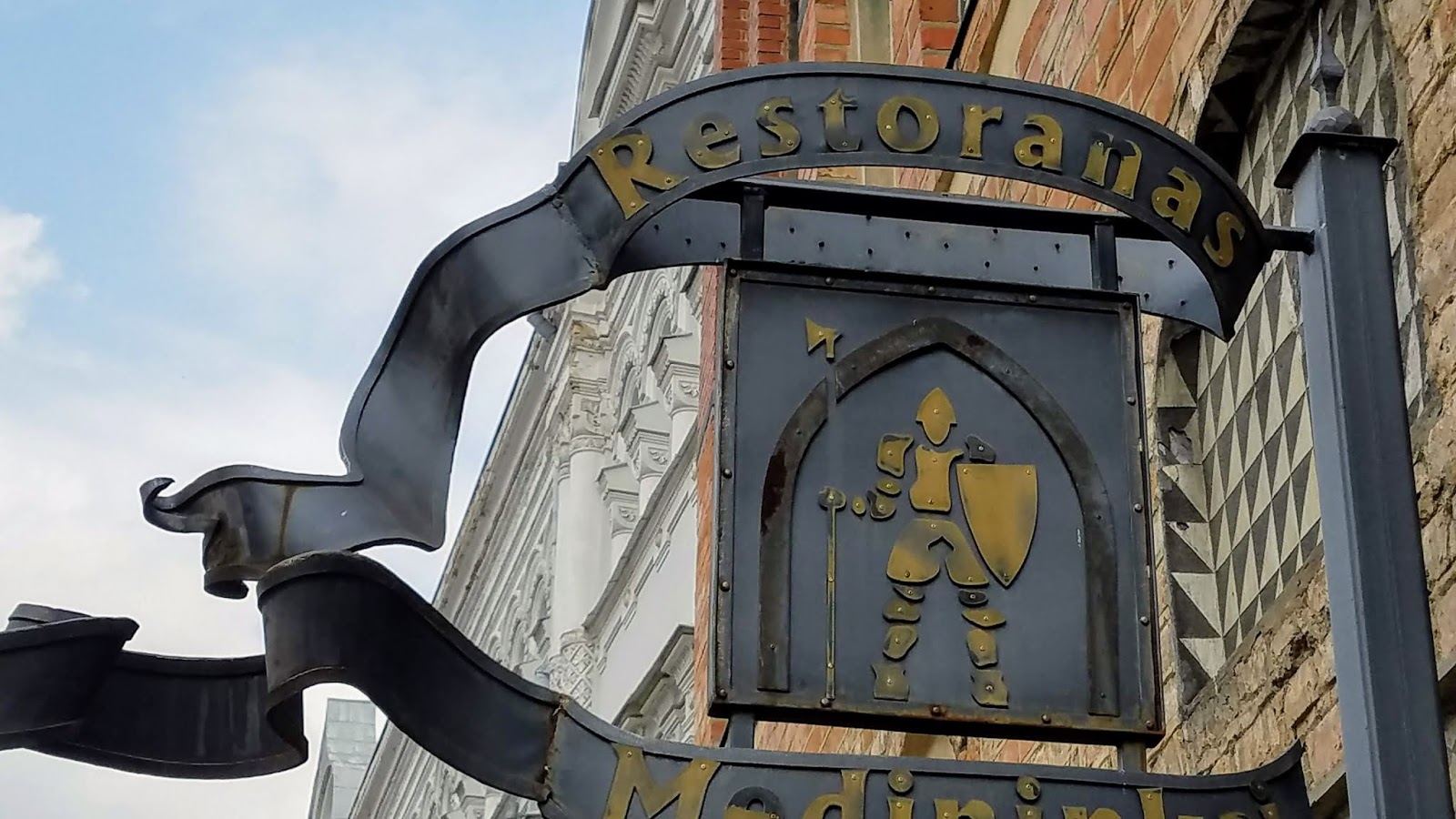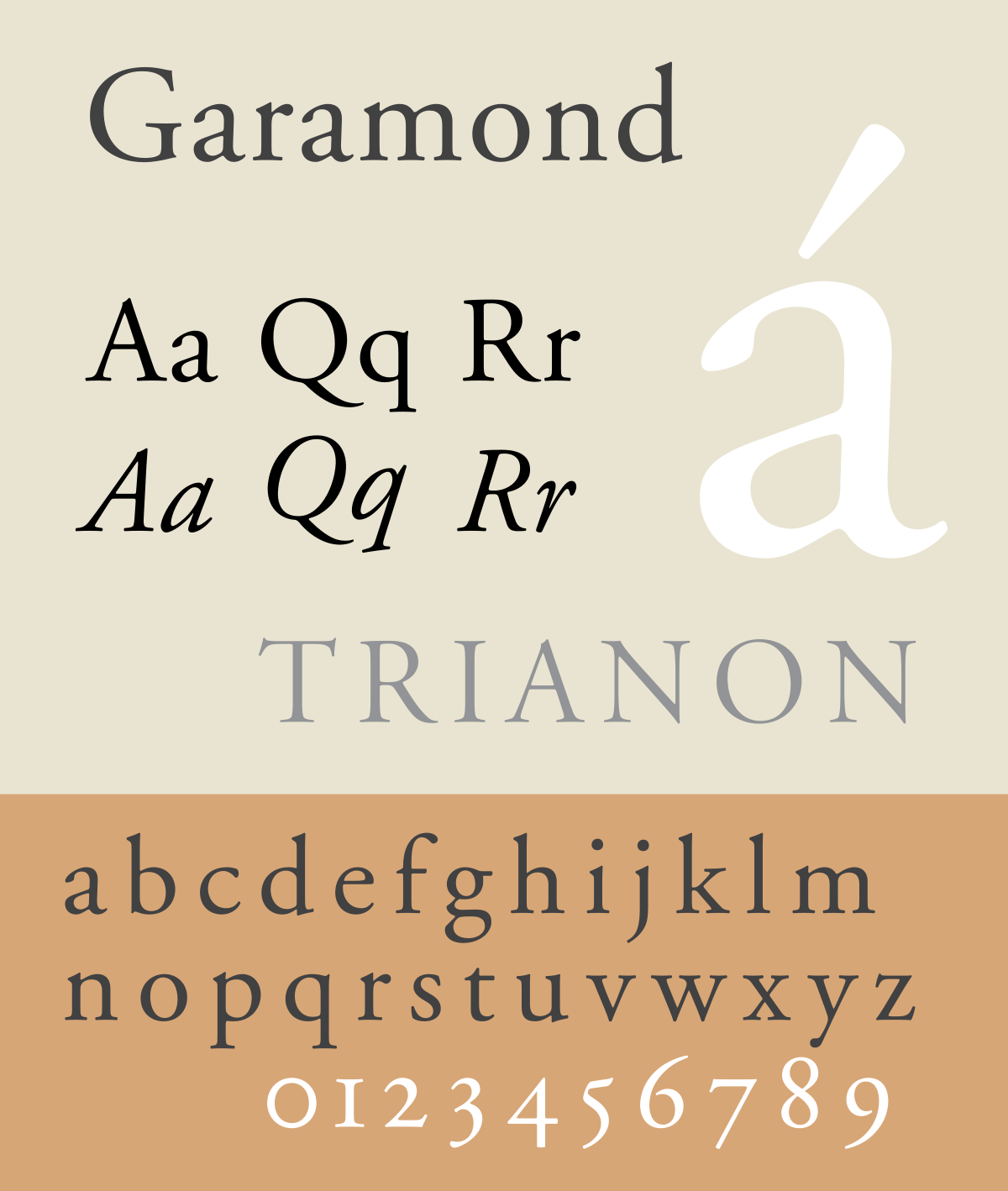When Professor Francesco Paparella came to the class to give us the brief to design the logotype for his new center, the Arabian Center for Climate and Environmental Sciences (ACCESS), he made clear that two elements needed to be emphasized by the logo we were about to create: modeling and locality. By locality, he meant the Gulf region and by modeling, he referred to the work this center is going to do by creating models that represent the observed phenomenons in the environment and the sea.

Dhow Boat
With these elements in mind, we started our research. We looked up elements related both to the region and to the sea, and we decided to work with the Dhow boat, a trading vessel born in the Gulf.
Sketches For ACCESS
We sketched, and sketched , and sketched, and at some point we were stuck with the same concept of drawing different versions of sail boats/ Dhows. This is the first version of the logo that we sent to Professor Paparella:

In his feedback, he said that he liked it, but he felt like it needed somehow show that the boat was studying phenomenons or add an element that made it more related to the center. It was until two weeks ago that Erin came to see our progress that Professor Puccetti noticed this small sketch in the middle of all of our material:

This sketch caught his attention because the two sails capture the idea of modeling. Shawn and I began working with this version, going from making one sail smaller than the other, reinforcing the concept that one is the original and the other is the model.
Suddenly, professor Puccetti remembered this optical illusion he had seen before: The Jastrow Illusion.

You might think the piece at the bottom is longer, but both are the same size. We considered the illusion to be perfect to represent the idea of modeling since it keeps our concept that one is bigger because it is the original and the other is smaller since it is a replica. Nevertheless, both are the same size, showing how a good model should be an accurate representation of reality.
This is how we apply the illusion to the Dhow boat concept:

Designing with Other Optical Illusions
The Jastrow Illusion was named after the American psychologist Joseph Jastrow, who discovered it in 1889. In the illusion, one of the curved shapes that was positioned next to one that is the same size seems to be larger. When the position of the shapes is reversed, also the perception of which one is larger changes.
Joseph Jastrow is also well known for his duck-rabbit illusion:

Do you see both animals?
As we discussed in class, an optical illusion can be extremely useful when it comes to logo design. I decided to look up other optical illusions and sketch some logos making use of them. A very useful website I discovered for this is illusions index.org .
The Hermann Grid Illusion

This illusion was named after Ludimar Hermann since he wrote about this phenomenon in 1870. The point of this illusion is that the people who stare at this grid are going to start seeing some intermittent black points at the intersections of the grid.
The grid reminded me of the proposal I had for CAIR that was rejected, but still, I think it would be interesting to give it another try with this illusion.
 My original proposal
My original proposal

A new proposal including the Hermann Grid Illusion

Proposal with the Hermann Grid illusion with the colors reversed
Playing With Sizes Again: The Ponzo Illusion and The Müller – Lyer Illusion
These two illusions, as well as the Jastrow Illusion, play with the perception of the size of two lines that are the same, but external reasons make one look longer than the other.

The Ponzo Illusion. Both yellow lines are the same size.


The Müller-Lyer Illusion. Both lines are the same size.
 ACCESS logo using the Ponzo Illusion. The white shape in the background used for the illusion looks like train rails and this could be interpreted as “access” to something.
ACCESS logo using the Ponzo Illusion. The white shape in the background used for the illusion looks like train rails and this could be interpreted as “access” to something.
 Same proposal but with less white lines in the background. In this one, it looks like we have a letter “A”, but the illusion that the upper yellow line is longer decreases.
Same proposal but with less white lines in the background. In this one, it looks like we have a letter “A”, but the illusion that the upper yellow line is longer decreases.

ACCESS logo using the Müller – Lyer Illusion. This logo could be justified with the idea of modeling.
Ehrenstein Figure
This illusion studied by Walter Ehrenstein consists of this figure conformed by lines whose intersections seem like they are increasing in size (the white circles).

The figure reminded me of some sketches we did for the Center for Smart Engineering Materials using the gecko hand concept but inverting the colors.

Sketches for SMART
I think this Illusion could have been appropriate for this center since we have been working with concepts surrounding the idea of self-healing and the circles in the figure look like they are growing, and also the illusion reminds me of brightness and/or intelligence.
Final Reflection
Doing this exercise made me notice that there is no such thing as finished research. Just from taking a quick look on the internet for more optical illusions, I created 4 new logos (all of them in a very basic stage) with some iterations. Researching not only prevents you from repeating a logo that already exists but there are always new sources of inspiration.
References:
https://www.newworldencyclopedia.org/entry/Jastrow_illusion
https://www.illusionsindex.org/i/ponzo-illusion
https://www.illusionsindex.org/ir/mueller-lyer































































